Baron Longford Baron Annaly - Feudal Principality Seignory
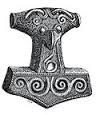

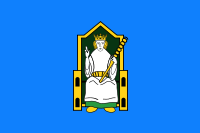
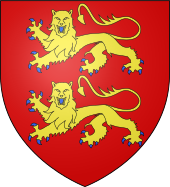
The Rare Lordship, Liberty, and Bailiwick of Ennerdale
A Historic Territorial Jurisdiction in the Heart of CumbriaThe Lordship, Liberty, and Bailiwick of Ennerdale is one of the rarest and most historically significant manorial holdings in the United Kingdom. Situated in Cumbria, formerly part of Cumberland, this unique jurisdictional entity dates back to the medieval period, when it formed part of the Free Chase of Copeland—a royal hunting forest with administrative divisions governed under feudal law. 📜 Historical OriginsEnnerdale emerged as a distinct liberty and bailiwick following the partition of the Barony of Copeland in the 14th century. After the death of John de Multon (d. 1334), whose vast estates were divided among co-heiresses and subject to Crown reversion, Ennerdale was separated from the larger baronial structure. The Crown retained the territory and treated it as a self-governing jurisdiction, complete with:
These features qualify Ennerdale not only as a liberty but also as a bailiwick—an area under the supervision of a bailiff appointed either by the lord or the Crown. ⚖️ Legal and Feudal FeaturesThe Liberty of Ennerdale held exceptional status:
This imperial-style feudal structure is comparable to the Reichsunmittelbare Herrschaften of the Holy Roman Empire, wherein a Freiherr or imperial lord held lands and jurisdiction directly from the Emperor. 🌍 International Context & RecognitionThe lordship may be lawfully styled in various heraldic and legal traditions:
This rare combination of liberty status, bailiwick authority, and manorial court rights sets Ennerdale apart as one of the few surviving territorial lordships with active legal, ceremonial, and historic identity. 👑 The Current LordToday, the Lord of the Liberty and Bailiwick of Ennerdale is Commissioner George Mentz, JD, MBA, DSS, a distinguished international jurist, educator, and historian. Mentz holds several historical lordships, including Fief Blondel in Guernsey, and has been involved in the scholarly preservation of ancient liberties, manorial law, and seigniorial systems. Through stewardship and historical inquiry, the Lordship of Ennerdale continues to be recognized as a living example of medieval English liberties, with ongoing interest from legal historians, genealogists, and heraldic scholars worldwide. 📚 Further Reading
For official inquiries, academic partnerships, or historical requests related to the Lordship and Liberty of Ennerdale, please contact the Office of the Lordship Steward.
⚖️ Ceremonial Powers of the Lord of EnnerdaleAppointments under Court Leet, Bailiwick, and Free Chase RightsThe Lordship of the Liberty and Bailiwick of Ennerdale, owing its direct origin to Crown grants from the 14th century and earlier Norse rule, retains within its legal and ceremonial structure one of the most unique sets of appointment privileges in the British Isles. These powers derive from the ancient Court Leet, manorial jurisdiction, and the territory's history as a Free Chase and Royal Forest. 🏞️ Direct from the Crown: A Liberty of Exceptional StatusUnlike ordinary manorial estates, Ennerdale was separated from the Barony of Copeland and recognized as a liberty and bailiwick held in capite—directly from the monarch, not via any feudal intermediary. This rare standing enabled the Lord to:
🛡️ Ceremonial and Heritable Appointments within the LibertyUnder the traditional franchises granted to lords of liberties and ancient forests, the Lord of Ennerdale holds the power to make the following ceremonial and historic appointments—titles that once carried real judicial or military authority and today remain symbols of historic sovereignty: 1. Captain of the Liberty
2. Chief of the Bailiwick
3. Bailiff of Ennerdale
4. Master or Keeper of the Forest
5. Constable of the Liberty
👑 Why These Appointments Matter TodayAlthough the judicial powers of Court Leet are now symbolic, the rights of appointment remain rooted in historical law and form part of the cultural, ceremonial, and diplomatic role of the Lordship. These offices:
In rare cases, such as Ennerdale, the authority to appoint a Captain, Chief, Bailiff, and Forest Master represents one of the last living examples of manorial autonomy tied to liberty law. ✨ A Living TraditionToday, these ceremonial roles may be bestowed upon worthy individuals, local dignitaries, or honored guests in formal ceremonies, often accompanied by scrolls, regalia, oaths, and heraldic symbolism. The Lord of Ennerdale continues this tradition with great care, ensuring that the legacy of English liberties and feudal jurisdiction lives on in the valley of Ennerdale—a place where history still breathes through title and land.
Pedigree and Provenance of the Lordship, Liberty, and Bailiwick of EnnerdaleI. Ancient Origins and Territorial HeritageThe lands comprising Ennerdale, in present-day Cumbria, represent one of the most storied and continuously inhabited regions in the British Isles. Ennerdale’s deep antiquity stretches back to pre-Roman times, when it formed part of the territories of Celtic Brythonic tribes, specifically the Brigantes.
The native Cumbrian population, of mixed Celtic, Norse, Saxon, and later Scottish descent, continued to inhabit the region, many living in free tenures, and maintaining customary rights related to forest, pasture, and court usage. II. Royal Forest, Free Chase, and LibertyFrom the Norman Conquest onward, Ennerdale was designated as a Royal Forest and Free Chase, protected under English forest law, with rights reserved for the monarch and baronial lords. The Forest of Ennerdale was part of the broader Royal Forest of Copeland, with specific designation as a bailiwick—a district managed by a bailiff acting under royal authority. The area was notable for its vast woodlands, glacial lakes, and game, making it a prized hunting ground. As a liberty, Ennerdale operated with special jurisdictional privileges, such as exemption from county sheriff authority, and the ability to hold its own Court Leet and Court Baron, enforcing laws and resolving disputes locally. These privileges placed Ennerdale among a rare class of autonomous territories governed by feudal lords and forest officials rather than royal justiciars. III. Crown Ownership and Government OversightDuring the Tudor and Stuart reigns, the Crown retained direct ownership of Ennerdale and administered its revenues, courts, and land usage through the Court of Exchequer, the Auditors of Land Revenue, and eventually the Commissioners of Woods and Forests. These bodies maintained records of manorial rents, customary tenants, forest fines, and jurisdictional appointments, preserving the unique legal status of Ennerdale as both a liberty and forest. By the 18th and 19th centuries, amidst reforms in public land management and Crown Estate policies, the government began disposing of non-essential royal holdings to noble families and private interests. IV. Sale by the King and Crown Government: Conveyance to Earl of LonsdaleIn a remarkable and rare legal act, the Crown and Commissioners of Her Majesty’s Woods, Forests, and Land Revenues executed a true sale of the Bailiwick, Liberty, Manor, and Forest of Ennerdale, complete with court rights, liberty status, and forest jurisdiction, to William Lowther, 2nd Earl of Lonsdale. This deed of conveyance, sealed with royal authority and parliamentary approval, granted the Lonsdale family tenancy in chief, including all rights and dignities historically associated with the Lordship. The area retained its independent courts and liberty privileges, making the transaction one of the few surviving examples of a feudal liberty and bailiwick being sold outright from the Crown. V. Modern Era: Acquisition by Hon. George S. Mentz, JD MBAIn the 21st century, the Ennerdale estate passed through lawful succession and private transfer to become the hereditary property of Hon. George S. Mentz, JD MBA, an internationally recognized professor of law, author, and commissioner. Hon. Mentz acquired the Lordship of the Bailiwick, Liberty, Manor, and Forest of Ennerdale through documented private conveyance, with recognition of its full seignorial rights, privileges, and dignities. This includes:
Hon. George Mentz, as Seigneur of Ennerdale, is now styled formally as:
His position is distinguished as one of the only known modern Lords of a surviving English liberty and private bailiwick—a title rooted in royal grant, forest law, and feudal jurisprudence. VI. Present Status and LegacyToday, Ennerdale remains a historically rich and environmentally protected area. Much of the land falls under the stewardship of the Wild Ennerdale Partnership, a conservation initiative involving:
Yet, the title and seignory remain lawfully vested in private ownership, preserving a link to ancient English legal and social order. ConclusionThe Lordship and Bailiwick of Ennerdale stands as an unparalleled example of English continuity: from Roman military frontier, through Celtic kingdoms, Norse invasions, and feudal independence, to a modern legal title held with dignity and stewardship. Its transfer from Crown to noble, and eventually to a recognized international jurist, reflects a living history that bridges over two millennia of governance, law, and culture. |
About Longford Pedigree of Longford Annaly Honour of Annaly Longford The Seigneur Lords Paramount Ireland Market & Fair Chief Captain Kings Forces Chief and Captainship of The Annaly Lord Governor of Annaly Prince of Annaly Principality Chief of the Annaly Princes of Longford Feudal Princes of WestMeath Count of the Palatine of Meath A Barony Explained Princes of Annaly Pedigree Sovereign Title Succession Lord of St. Brigit's Longford Abbey Est. 1578 Lord of the Pale Commissioners of the Peace Tenures Abolition Act 1662 - Rights to Sit in Parliament Law of Ireland Seneschal of Meath List of Townlands of Longford Annaly English Pale Kings of Hy Niall Colmanians Court Barons News Irish Kingdoms Lordships of Granard Fishing & Dams Rights Rights of Lords & Barons Datuk Seri Baliwick of Ennerdale Moneylagen Feudal Barons Styles and Dignities Lord Baron Longford Baron de Delvyn Longford Map Lord Baron of Delvin Baron of Temple-Michael Baron of Annaly Kingdom Annaly Lord Conmaicne Baron Annaly Order of Saint Patrick Baron Lerha Granard Baron AbbeyLara Baronies of Longford Princes of Conmhaícne Angaile or Muintir Angaile Baron Lisnanagh or Lissaghanedan Baron Moyashel Moiety of Ardagh Baron Rathline Abbeys of Longford Grants to Delvin Baron Inchcleraun HOLY ISLAND Quaker Island Longoford CO Abbey of All Saints Hereditaments Kingdom of Uí Maine Baron Dungannon Baron Monilagan - Babington Lord Liserdawle Castle Baron Columbkille Kingdom of Breifne or Breny Baron Kilthorne Baron Granarde Count of Killasonna Baron Skryne Baron Cairbre-Gabhra AbbeyShrule Fiefs of the Islands Feudal Westmeath The Island Lords Fief Worship Channel Island History Fief Blondel Fief Blondel Merchandise Events Blondel and King Richard Fief Coin Feudal Guernsey Titles The Feudal System Flag & Arms Castle Site Map Disclaimer Blondel Myth Dictionary Honorable Colonel Mentz Order of St. Columba Valuation of Principality & Barony of Annaly Longford
Feudal Baron of Longford Annaly - Baron Longford Delvin Lord Baron &
Freiherr of Longford Annaly Feudal Barony Principality Count Kingdom of Meath - Feudal Lord of the Fief
Blondel of the Nordic Channel Islands Guernsey Est. 1179 George Mentz
Bio -
George Mentz Noble Title -
George Mentz Ambassador - Order of the Genet
Knighthood Feudalherr - Fief Blondel von der Nordischen
Insel Guernsey Est. 1179 * New York Gazette ®
- Magazine of Wall Street - George
Mentz - George
Mentz - Aspen Commission - Ennerdale - Stoborough - ESG
Commission - Ethnic Lives Matter
- Chartered Financial Manager -
George Mentz
Economist -
George Mentz Ambassador -
George Mentz - George Mentz Celebrity -
George Mentz Speaker - George Mentz Audio Books - George Mentz Courses - George Mentz Celebrity Speaker Wealth
Management -
Counselor George Mentz Esq. - Seigneur Feif Blondel - Lord Baron
Longford Annaly Westmeath
www.BaronLongford.com * www.FiefBlondel.com |
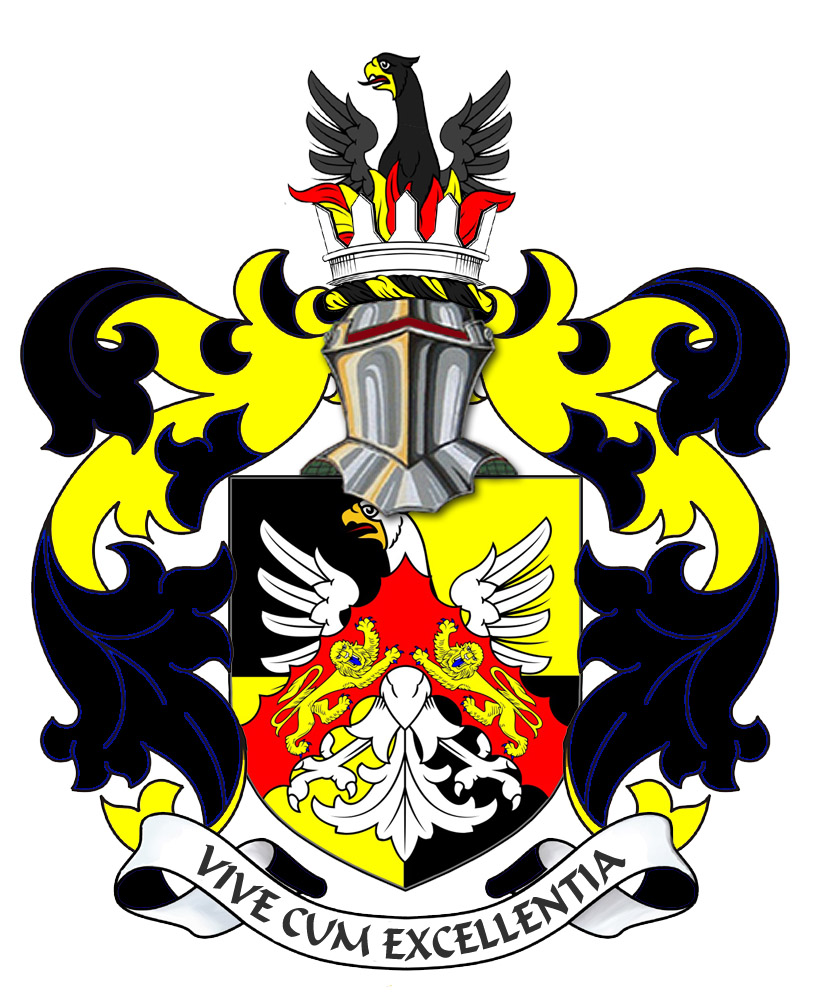
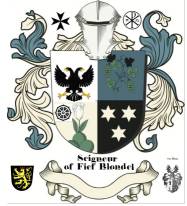
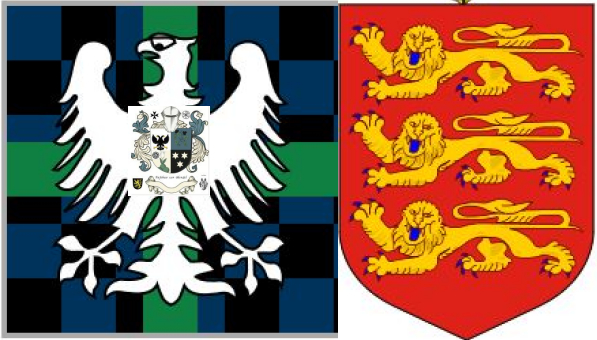

Commissioner George Mentz - George
Mentz Law Professor - George
Mentz Economist
George Mentz News -
George Mentz Illuminati Historian -
George Mentz Net Worth
The Globe and Mail George Mentz
Get Certifications in Finance and Banking to Have Career Growth | AP News